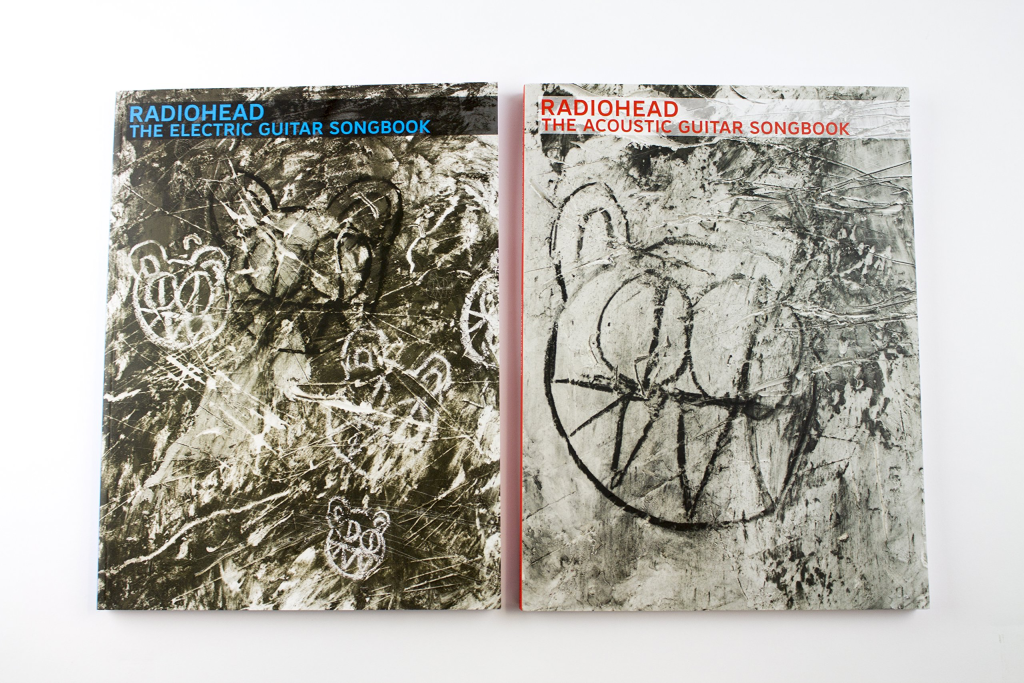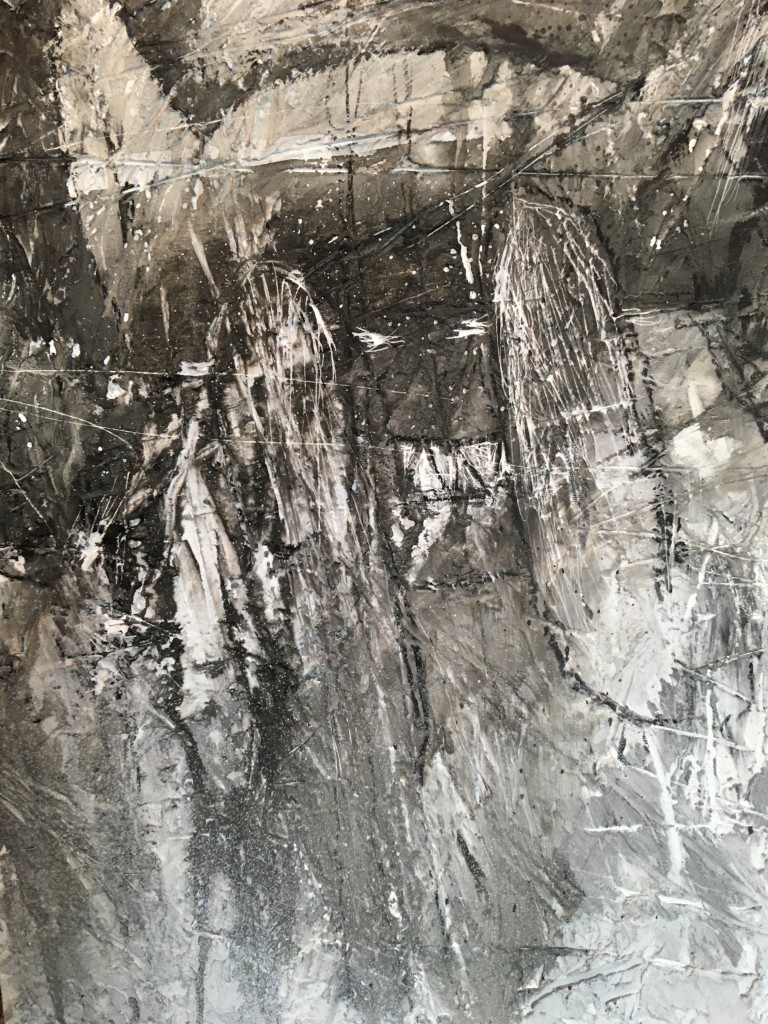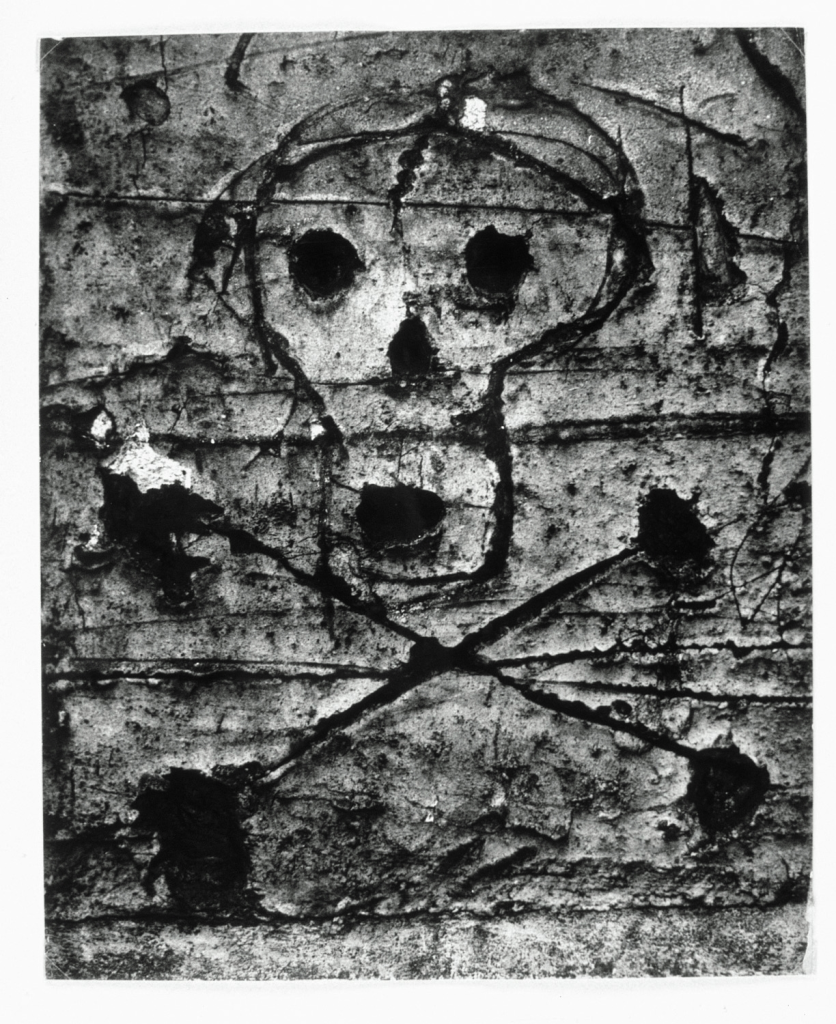Hello. I’ve started on a series of small paintings called The Language of the Wall, a title I have nicked from the photographer whose work inspired the series; Brassaï. Brassaï was born Gyula Halász in 1899 in Romania and moved to Paris in 1924. He photographed both the rich and the poor, from slum to opera house, but the pictures he took that interested me were those he took of Parisian graffiti.
In 1956 the Museum of Modern Art in New York held a show called ‘Language of the Wall’, an exhibition of around 120 of Brassaï’s graffiti photographs; pictures of faces, symbols, figures, words and so on scratched into the stonework of the buildings of Paris. I was in Paris a year ago and there was an exhibition of these photographs at the Pompidou Centre, but I had just seen an exhibition of Magritte’s paintings there followed by an exhibition of Cy Twombly’s paintings and I was so sick of it all that I had to leave very quickly and find a bar and smoke cigarettes angrily. So I missed the Brassaï show which, I’m sure, would have pissed all over Magritte and Twombly.
Anyway, I did see some posters advertising the show and when I got on to a computer I looked up Brassaï and the photographs of graffiti. They are really, really great, kind of timeless in that they could have been made any time at all. And you get a sense of how long they took to carve. Here’s an example.
See what I mean? That’s dedication to your craft, I’d say. No sneaking around with buckets of wheat paste for flypostering or mucking about with stencils and spraycans. This must have taken a while. I very much like the idea of a time when scratching or carving your name into a wall could take hours. I’ve seen some graffiti that’s written in letters with serifs, more like something you might see on a gravestone than a twenty-first century tag. Although I do like tags too.
My first idea was to get hold of a load of stone and take it to my studio and start from there, but I found that stone was hard to find and the stuff I did find had been quarried by machine and had no character at all. What I was after was a battered, worn out and re-used look, scratched over repeatedly, both accidentally and deliberately. So I improvised. The first pictures I made were for the covers of a couple of books that Faber Music put out, one of Radiohead’s music for guitars powered by electricity and one for guitars powered by acousticality. They looked like this, once they had writing put on them:
 I wanted the pictures to look like sections of an old wall that had been dirtied by soot, muddied, cleaned, dirtied again, accidentally gouged, graffitied over, had the graffiti scratched over, gaffitied again, and so on. I’m working pretty small, on canvases that are 18″ by 14″, although I might make some bigger pictures soonish. So far I’ve made five of these pictures. Here’s the most recent:
I wanted the pictures to look like sections of an old wall that had been dirtied by soot, muddied, cleaned, dirtied again, accidentally gouged, graffitied over, had the graffiti scratched over, gaffitied again, and so on. I’m working pretty small, on canvases that are 18″ by 14″, although I might make some bigger pictures soonish. So far I’ve made five of these pictures. Here’s the most recent:
 I don’t know how many I’ll make or what they’ll look like. So far I’ve been using the easy-to-draw creatures I’ve used on lots of Radiohead artwork because that’s what graffiti usually is – easy to draw (the kind that I’m trying to emulate, anyway).
I don’t know how many I’ll make or what they’ll look like. So far I’ve been using the easy-to-draw creatures I’ve used on lots of Radiohead artwork because that’s what graffiti usually is – easy to draw (the kind that I’m trying to emulate, anyway).
Anyway, these pictures will be exhibited when I’ve made enough of them. Somewhere in the UK.
